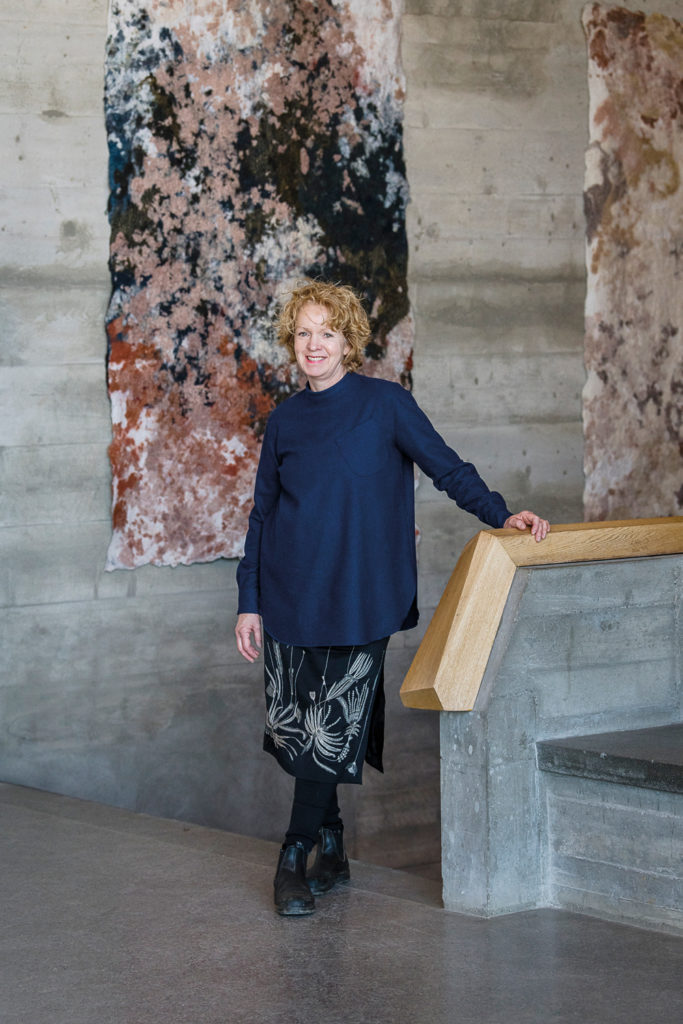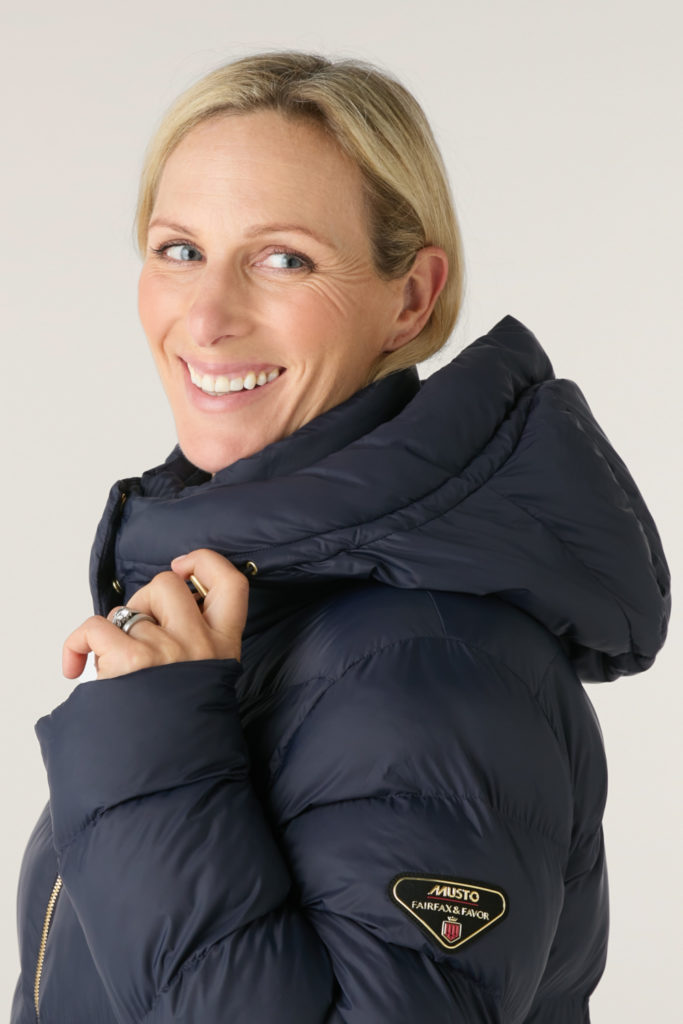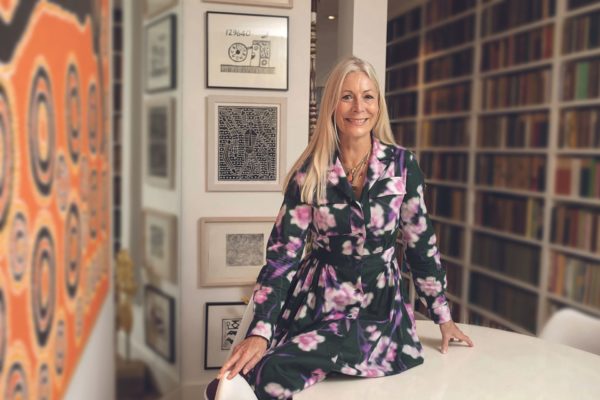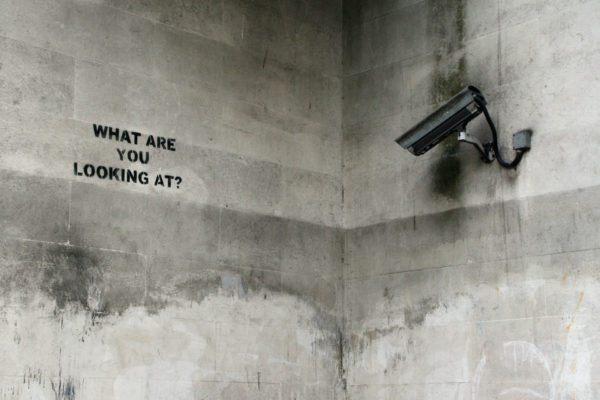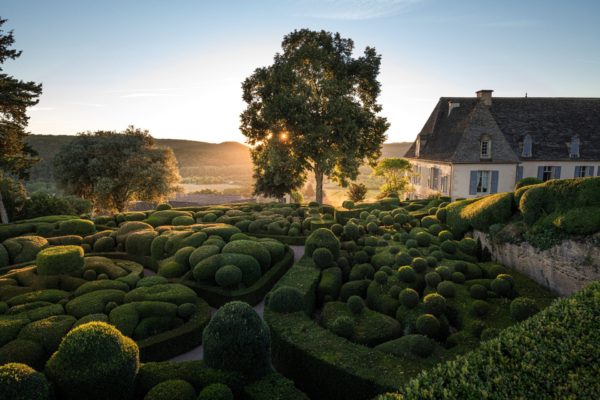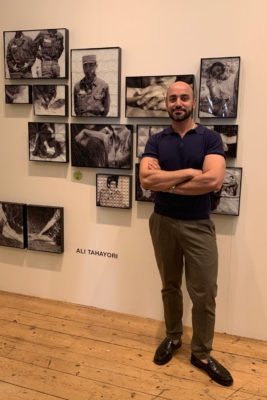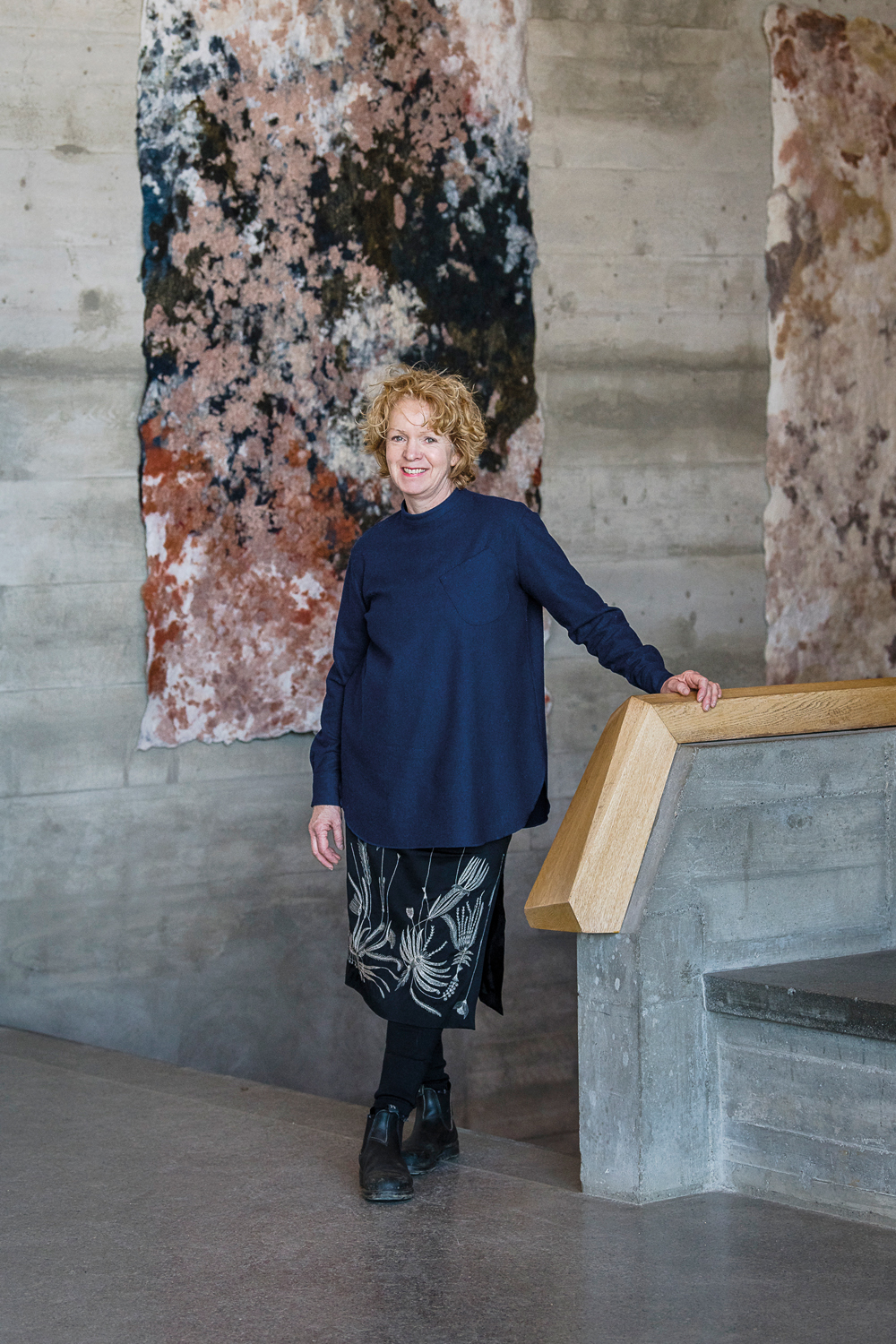
In The Studio With Claudy Jongstra
By
2 months ago
Caiti Grove experiences the Dutch artist's process
Caiti Grove meets the artist for whom art and ecology collide, Claudy Jongstra.
Artist Studio: Claudy Jongstra
‘A flock of sheep is a unit, like a beehive,’ Claudy Jongstra tells me matter-of-factly, ‘if something happens to one sheep, you see the whole herd respond.’ This holistic theory explains a 30-year love affair with wool, a material directly reflective of the quality of a landscape’s ecology, ‘When there are a lot of minerals in the soil, the wool is very flexible and not coarse, whereas a stressed sheep with high cortisol has wool that breaks a lot.’ Her own Drenthe Heath flock roams the northern Netherlands with the unpredictable independence of an unruly teen, but she relies on nature to protect them. ‘Our sheep don’t take preventative antibiotics, only a lot of herbs.’ She sees grazing as essential to sheep welfare, but also the land too, since droppings enrich the soil to produce plants, flowers, bees to pollinate farmland crops which attract birds to eat the insects. ‘It’s all about circularity,’ she explains. The wool creates Jongstra’s huge felted tapestries now owned by MoMA, the V&A and public collections across Europe. Ecology, nature and community as well as colour and materiality suffuse her work.
Jongstra began her creative life in fashion. She came to London to showcase her creations at the Royal Opera House: ‘The door was open and somebody looked inside and saw my display. They were friends with the Star Wars costume designer. They asked me, “Can I introduce you to somebody?”’ The next day, Jongstra received a commission to create a costume for Queen Amidala, Natalie Portman’s stately role and work on the Jedi’s robes. With four weeks to her deadline, time was short and the precision for close-up shots had to be exact: ‘I called my family and friends and we worked day and night,’ she smiles.
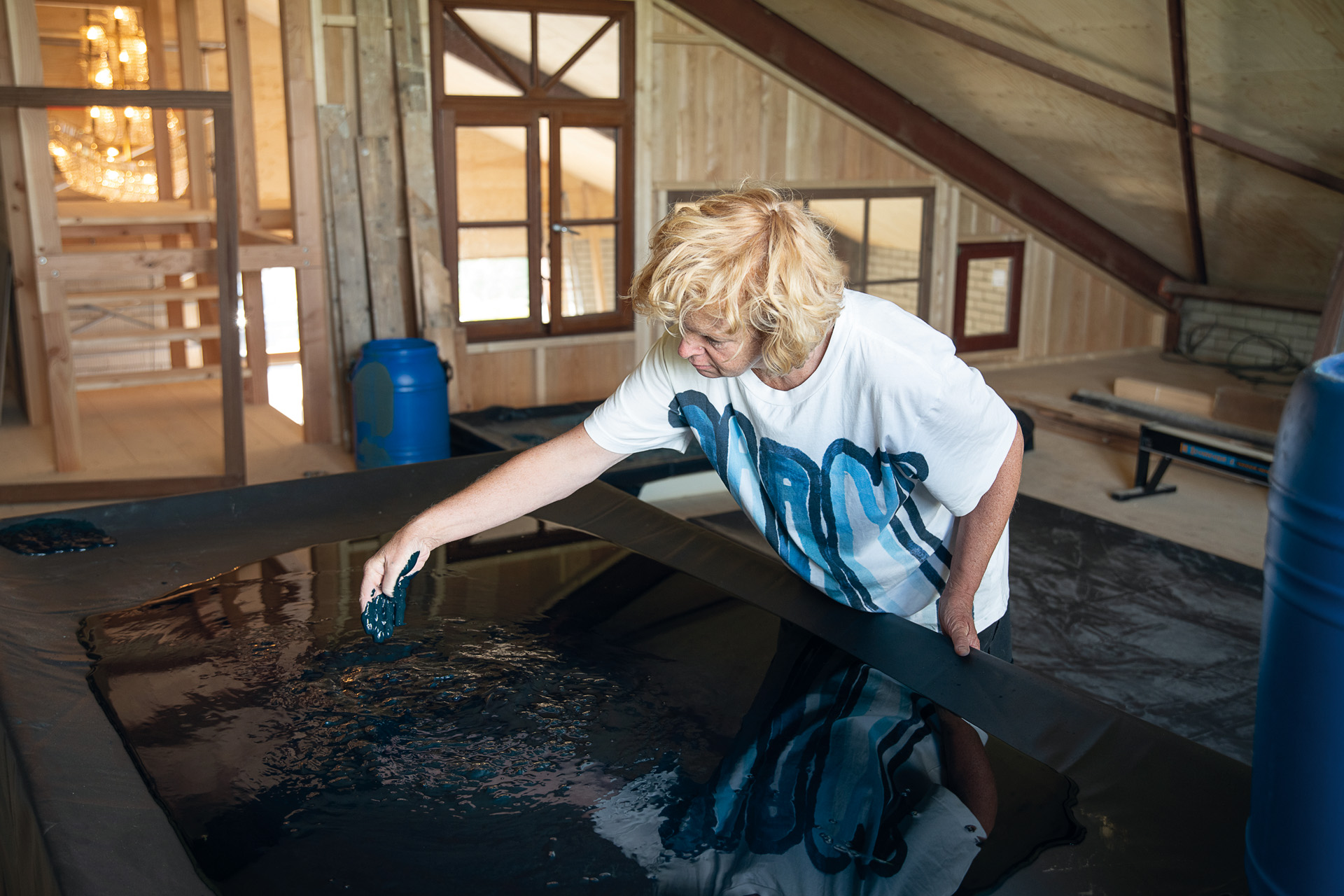
Claudy Jonstra creates huge felted tapestries that are collected by the world’s greatest art institutions. (© Heleen Haijtema)
As she switched from fashion to interiors, Jongstra happened to meet Murray Moss at Salone del Mobile in Milan. He gave her an exhibition at his Moss Gallery in New York to present her tapestries to the city’s collectors and critics. Working with wool was always Jongstra’s passion, but her route to colour and contrast came slowly. Commissioned to make 15 shutters for a restaurant adorned with a cherry blossom landscape, Jongstra discovered that, unlike chemical dyes, plant-based dyes do not run, since the colour becomes part of the fibre. ‘For a purely practical reason I began to experiment,’ she reflects, ‘and then my life changed completely – we started our own dye house, and since production chains are not always transparent – or reliable, we started to grow our own materials.’
A few years ago, inspired by Picasso’s Guernica – his monumental work inspired by the devastation of war – Jongstra created her own version. Like the famous original, it is huge, spirals of browns, black and cream dance across the massive tapestry like sand across a dust bowl. ‘It’s about the absence of colour in our environment, desolation,’ Jongstra tells me. Made of merino wool, raw silk and cotton, it is textured and complex, swirling brushstrokes of natural colour combine to create an urgent beauty. Like Picasso’s work, it is also nomadic, and has travelled for the past three years. ‘Picasso tried to change our mentality. He worked towards a peaceful society,’ Jongstra continues this fervent belief.
The work propelled Jongstra to action, and she set about working with farmers in Spain and Belgium, advising how to diversify their farming into growing crops for colour – red cabbages, onions for their skins and woad for its bright yellow hue. Her follow-up to Guernica de la Ecologia (2021) is Tangible Transformation (2023), a hopeful palette of bright blues, greens, mustard and coral.
A flourishing project is Jongstra’s school, where art students, teachers, designers and farmers learn about plant-based dyes. ‘In the Netherlands it is hard to find the next generation of farmers, and in France too,’ she says. Crops grown for colour means farmers meet scientists, designers and artists: ‘We need to reconnect with farmers in a contemporary way.’ Of her tapestries, Jongstra says, ‘Sometimes when you’re too early, people aren’t ready for it, but now ten years on, people resonate with the work and its ecological inspiration.’
We are listening Claudy, and we cannot wait to hear what you have to say next.
Claudy Jongstra is a Dutch artist and textile designer. claudyjongstra.com

